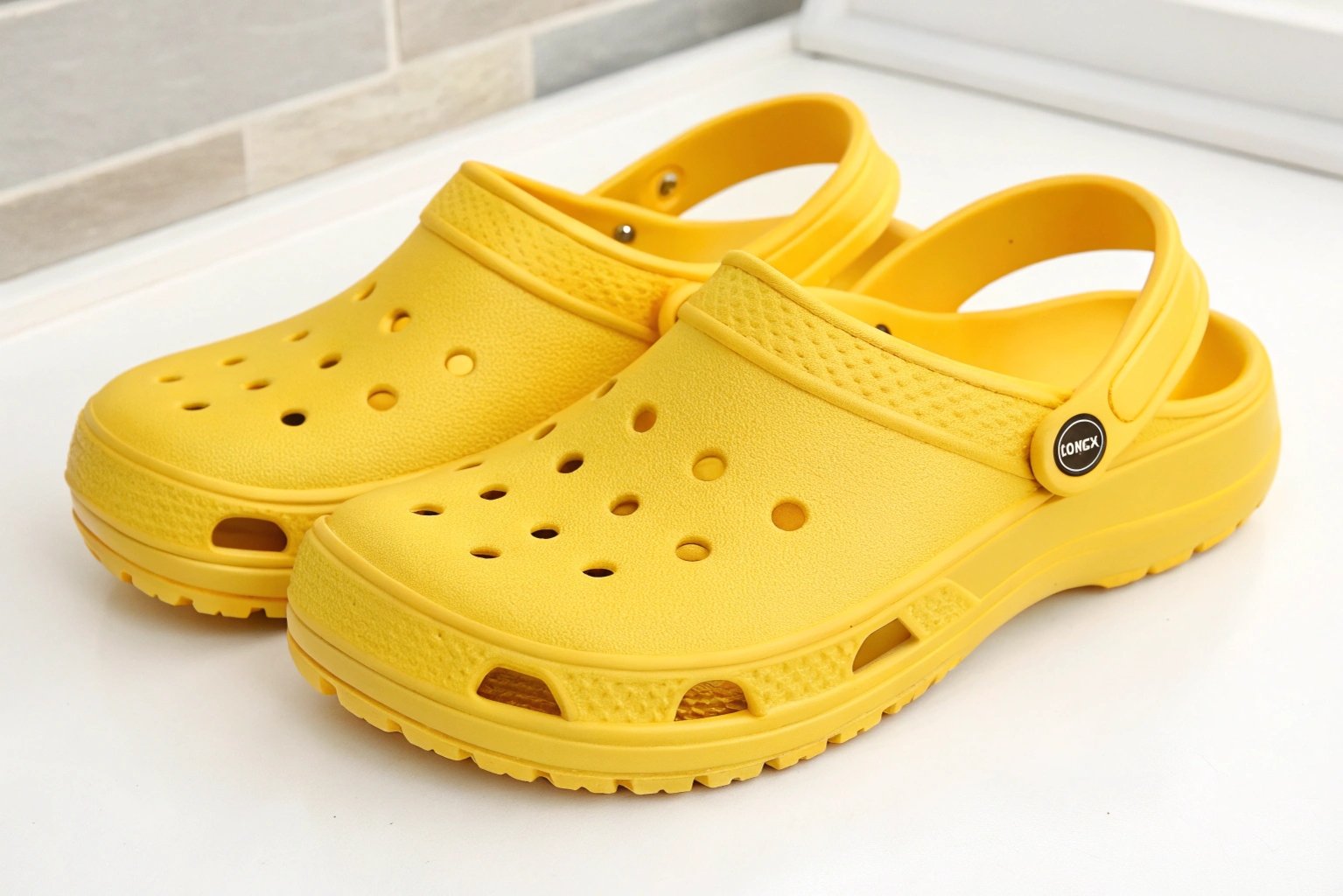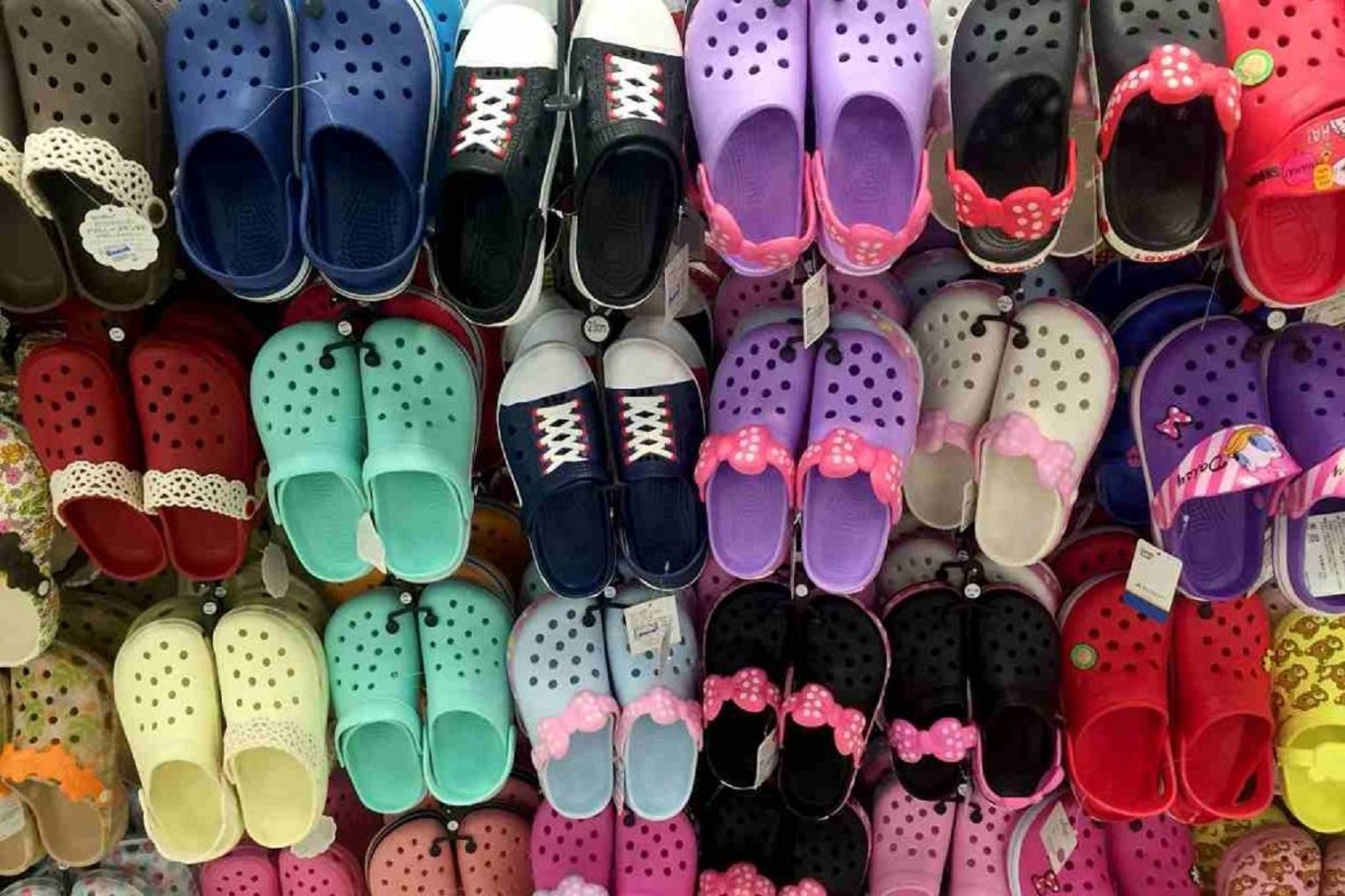Are you struggling with inconsistent quality in your plastic slipper orders? It’s frustrating when what you get doesn’t match what you expected.
Grading standards for plastic slipper appearance defects are usually set by brand manufacturers. They consider customer expectations and the intended use of the slippers. These standards help ensure consistent quality and customer satisfaction.

But how do these brands decide what’s acceptable and what’s not? Let’s dive deeper and explore the factors that influence these critical standards.
What factors influence the grading of appearance defects in plastic slippers?
Imagine receiving a shipment of slippers with noticeable scratches. You would be pretty disappointed, right?
Several factors determine the acceptable level of defects. These include the slipper’s price point, target market, and brand reputation. Higher-end brands often have stricter standards.

To fully understand this, let’s break it down further into elements that affect the grading of appearance defects.
-
Price Point and Target Market: Think about a slipper sold at a dollar store versus a high-end boutique. The expectations are different. Cheaper slippers can tolerate minor flaws, as consumers expect a lower level of perfection. High-end brands cater to customers willing to pay more for flawless products.
-
Brand Reputation: A brand known for quality can’t afford to let defective products reach customers. Imagine a well-known brand of slippers with reputation of quality delivering slippers with obvious defects? This can quickly damage its reputation and erode consumer trust. Brands work hard to maintain their image and protect them.
-
Intended Use: Are the slippers for indoor use, promotional giveaways, or outdoor wear? Indoor slippers might have more lenient standards than outdoor slippers, which need to withstand more wear and tear. Promotional slippers, often given away at events, might have even more relaxed standards.
-
Material Type and Color: Darker colors often hide defects better than lighter colors. Certain materials might be more prone to certain types of defects. For example, EVA plastic might be more susceptible to surface scratches than other materials.
-
Manufacturing Process: The complexity of the manufacturing process impacts the likelihood of defects. More complex designs or printing processes increase the chances of something going wrong. Factories need to have tight quality control measures in place to minimize these risks.
What types of appearance defects are commonly assessed in plastic slippers?
Have you ever noticed a strange mark or discoloration on your slippers? It can be pretty annoying.
Common appearance defects include scratches, color variations, uneven surfaces, and misprints. These are all visually inspected to ensure they meet the set standards.

Let’s elaborate further, listing the common types of appearance defects.
-
Scratches and Scuffs: These are perhaps the most common type of defect. They can range from minor surface scratches to deep gouges. The acceptable length, depth, and number of scratches will depend on the grading standards.
-
Color Variations: Inconsistent coloring within a batch of slippers can be a major issue. This might be due to variations in the raw materials, inconsistent dye lots, or problems with the printing process. Color variations can make slippers look mismatched.
-
Uneven Surfaces: Bumps, dents, or warps on the surface of the slipper can affect its appearance and comfort. These defects can be caused by molding issues or improper handling during production. A smooth, even surface is generally preferred.
-
Misprints and Smudges: For slippers with printed designs or logos, misprints and smudges are unacceptable. This includes blurred images, missing colors, and misaligned designs. A crisp, clear print is crucial for maintaining brand image.
-
Molding Imperfections: During the molding process, imperfections can occur, such as air bubbles, sink marks, or weld lines. These imperfections can affect the structural integrity and appearance of the slipper. Proper mold design and process control are essential.
-
Foreign Material: The presence of foreign material, such as dirt, dust, or fibers, embedded in the plastic can be a sign of poor manufacturing practices. Cleanliness in the production environment is critical to prevent this type of defect.
Conclusion
Grading standards for plastic slipper appearance defects are based on factors like price, brand, and use. We at Ningbo Cotton Slipper Co., Ltd. are committed to providing you with top-quality slippers.

